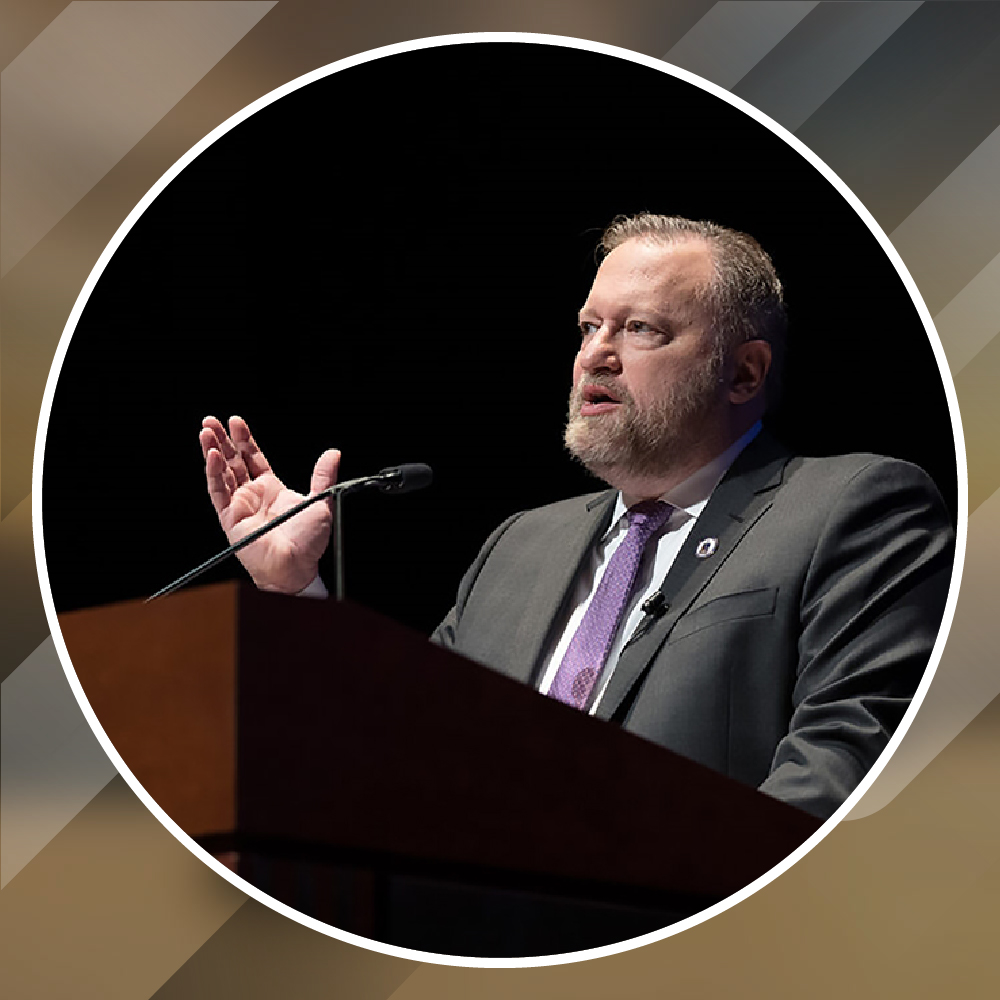
In medical education’s dynamic landscape, student engagement is a cornerstone of effective learning. Engaged students are more motivated, attentive, and invested in their education, leading to better academic performance and long-term success. Harnessing the power of health communication is critical to unlocking this engagement potential and empowering educators to create immersive and interactive learning experiences. In this blog post, we explore the transformative role of health communication in fostering student engagement and enhancing the future of medical education.
Understanding Student Engagement
Student engagement goes beyond mere attendance or participation; it reflects a deep connection and commitment to learning. Engaged students actively participate in their education, asking questions, seeking clarification, and applying concepts to real-world scenarios. Factors influencing engagement include the relevance of the material, the teaching environment, and the level of interaction between students and educators. Research has consistently shown a positive correlation between engagement and academic achievement, highlighting its significance in medical education.
The Power of Health Communication in Student Engagement
Effective health communication promotes student engagement by creating meaningful connections and fostering collaboration. Educators can capture students’ interest, stimulate curiosity, and facilitate active participation through clear and compelling communication. Techniques such as interactive lectures, case-based learning, and peer-to-peer discussions encourage students to take ownership of their knowledge and contribute to class discussions. Moreover, incorporating multimedia elements, storytelling, and real-world examples enhances the relevance and accessibility of the material, further fueling student engagement.
Innovative Communication Strategies for Student Engagement
Various communication strategies tailored to enhance student engagement have emerged in medical education. For example, flipped classrooms flip the traditional lecture-based approach by having students review course materials independently before class and use class time for interactive discussions and problem-solving activities. This approach promotes active learning and peer collaboration, leading to deeper understanding and retention of the material.
Similarly, team-based learning (TBL) divides students into small groups to work on challenging problems or case studies, fostering teamwork, critical thinking, and communication skills. TBL encourages active engagement and accountability among students, as each member contributes to the group’s success.
Measuring the Impact of Communication on Student Engagement
Evaluating the effectiveness of communication strategies in promoting student engagement is essential for continuous improvement and optimization. Methods for measuring engagement include self-report surveys, classroom observations, and assessment of learning outcomes. For example, surveys can gauge students’ perceptions of the learning environment, their level of interest and motivation, and their satisfaction with the teaching methods used. Classroom observations provide insights into students’ participation, interaction, and attentiveness during class sessions.
Research studies have demonstrated the positive impact of communication on student engagement. For instance, a study published in the Journal of Medical Education found that incorporating interactive multimedia presentations into lectures significantly increased student engagement and participation. Similarly, research conducted at the University of Michigan Medical School showed that implementing team-based learning resulted in higher engagement and collaboration among students than traditional lecture-based instruction.
Challenges and Solutions
While communication strategies hold immense potential for enhancing student engagement, educators may encounter challenges in their implementation. Common obstacles include resistance to change, limited resources, and logistical constraints. To address these challenges, institutions can provide faculty development programs and training workshops to equip educators with the necessary skills and resources to incorporate communication techniques into their teaching effectively.
Additionally, fostering a culture of innovation and collaboration within institutions can encourage faculty members to experiment with new teaching methods and share best practices. Leveraging technology and online platforms can also expand access to educational resources and facilitate communication between students and educators, regardless of physical location.
Future Trends and Opportunities
The future of medical education holds exciting possibilities for leveraging communication to transform student engagement. Emerging technologies such as virtual reality (VR), augmented reality (AR), and artificial intelligence (AI) offer innovative ways to create immersive and interactive learning experiences. VR simulations allow students to practice clinical skills in a safe and controlled environment, while AI-powered chatbots provide personalized feedback and support to students throughout their educational journey.
Furthermore, integrating social media platforms and online communities into medical education enables students to connect with peers, share resources, and engage in collaborative learning activities. By embracing these trends and opportunities, educators can continue to push the boundaries of traditional teaching methods and create dynamic, student-centered learning environments.
Health communication can revolutionize student engagement in medical education. By employing innovative communication strategies, educators can create immersive and interactive learning experiences that inspire curiosity, foster collaboration, and empower students to take ownership of their education. As we look to the future, educators must prioritize communication skills and leverage emerging technologies to maximize student engagement and prepare future healthcare professionals for success in the ever-evolving field of medicine.